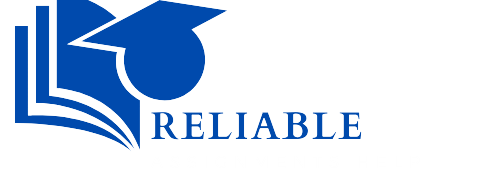Subject ILOs that are included in this assessment (see highlighted area)
| 1.Identify LTU social work’s core theoretical framework and begin to engage with critical social work theory and how critical social theory applies across multiple social work practice domains. | 2.Demonstrate a beginning understanding of the historical development of social work and contested debates such as the influence of colonisation that have underpinned the disciplines development | 3. Reflect on your personal values and how these fit with those of the social work profession and your identity as a social worker | 4.Identify how sociological and psychological perspectives relate to social work. | 5.Evidence research, oral and written communication skills at a Year 1, tertiary level |
Assessment type
| Group submission | 20% of total marks | SILOs 1 + 2 + 4 | On-line written feedback will be provided by examiner provided via marking rubric | Uploaded to LMS |
SWP1BSW – Assessment 2 History of the profession PPT Help
Assessment task
Building on the first assessment where you begin to look at the social relational aspects of your own identity, this assessment takes you on an historical journey through social work, to help you make more sense of the contested ideas and discourses that have influenced the nature of the profession as it is today. Through completion of this assessment you will be able to:
- Demonstrate understanding of the influence of British and American social work on Australian social work in the 19th to 20th centuries.
- Demonstrate understanding of different approaches to social work and social welfare underlying current social work practice including charitable/traditional, and social reform/social change approaches.
- Show your ability to apply this historical understanding of contested approaches to social work to the treatment of different groups or populations in Australia at different times particularly Indigenous Australians; women, children and young people; migrants; older people; and, people with disabilities.
- Assess or evaluate the different effects of different approaches on professional identity, perspectives on power in the profession and contributions to recognition and elimination of oppression in these approaches.
Assessment Instructions
This is a group task. Students can form their own small groups of between 4 and 5 students. (If you wish to have a group that is smaller please discuss with your Instance Coordinator). In the assessment you will respond to a series of points using the scenario below.
Scenario
Chris (13 years old) was sleeping rough under a bridge. They were found by some concerned passersby who heard them crying. They have multiple bruises and cuts and appear to be under the influence of some type of substance as their speech is unclear. When asked if they have parents, Chris gets upset and refuses to answer. Chris is hungry and has no money.
Your group will be allocated two time periods, one of which will be the present day (i.e. post Covid) and the other allocated to you from the following (1870s, 1930s or 1970s). You are asked to compare two social work discourses (traditional/charitable vs social reform/social change) by showing how a social worker using either discourse would understand and respond to the scenario in different ways.
You must address the following points for the two time periods.
- What was/is happening in Australian society at the two time periods that may be relevant to understanding the scenario?
- How would the problem be explained or understood by the social worker/volunteer from a traditional charitable perspective at the two time periods? What assistance might they provide?
- How would the problem be explained or understood by the social worker from the social reform/social change perspective at the two time periods? What assistance might they provide?
Note – If you have a time before professional social work existed in Australia you will need to identify as either a volunteer, friendly visitor, district helper or an Almoner as pre professional ‘social work’ roles.
Presentation
Social work is a creative and collaborative career. When social workers have a great story to tell or are pitching an idea to potential funding bodies, often they rely on their own skills. We also do LOTS of group work: collaborating with clients, working in teams and sharing skills. It’s an essential skill. This assessment needs to be a cohesive piece of work, no matter the size of your group. Group work is not just about division of labour, it also requires active collaboration. This means actively communicating with each other throughout the process of developing your work.
This assessment piece needs to include written material: it could be a digital poster, a slideshow or a brochure. It needs to engage the audience (think about style of writing, use of headings, links to online resources, attractiveness of the final piece). Your work can be made with Prezi, PowerPoint, Canva, Publisher or similar presentation software. A poster template using PowerPoint will be made available, use if desired. Your submission must be a stand-alone piece (i.e. it makes sense to anyone reading it and doesn’t require you to provide an oral explanation) that can be digitally submitted.
Submission
Each member of your group will submit the final piece via the link on LMS under Assessment 2 in the Assessments tab. It is important that the names of all group members are included on the submission itself so we can double check each member has submitted the item for assessment.
Please list all reference material used.
In addition to using the SWP1BSW reading list, the following may help you start to provide contextual information:
